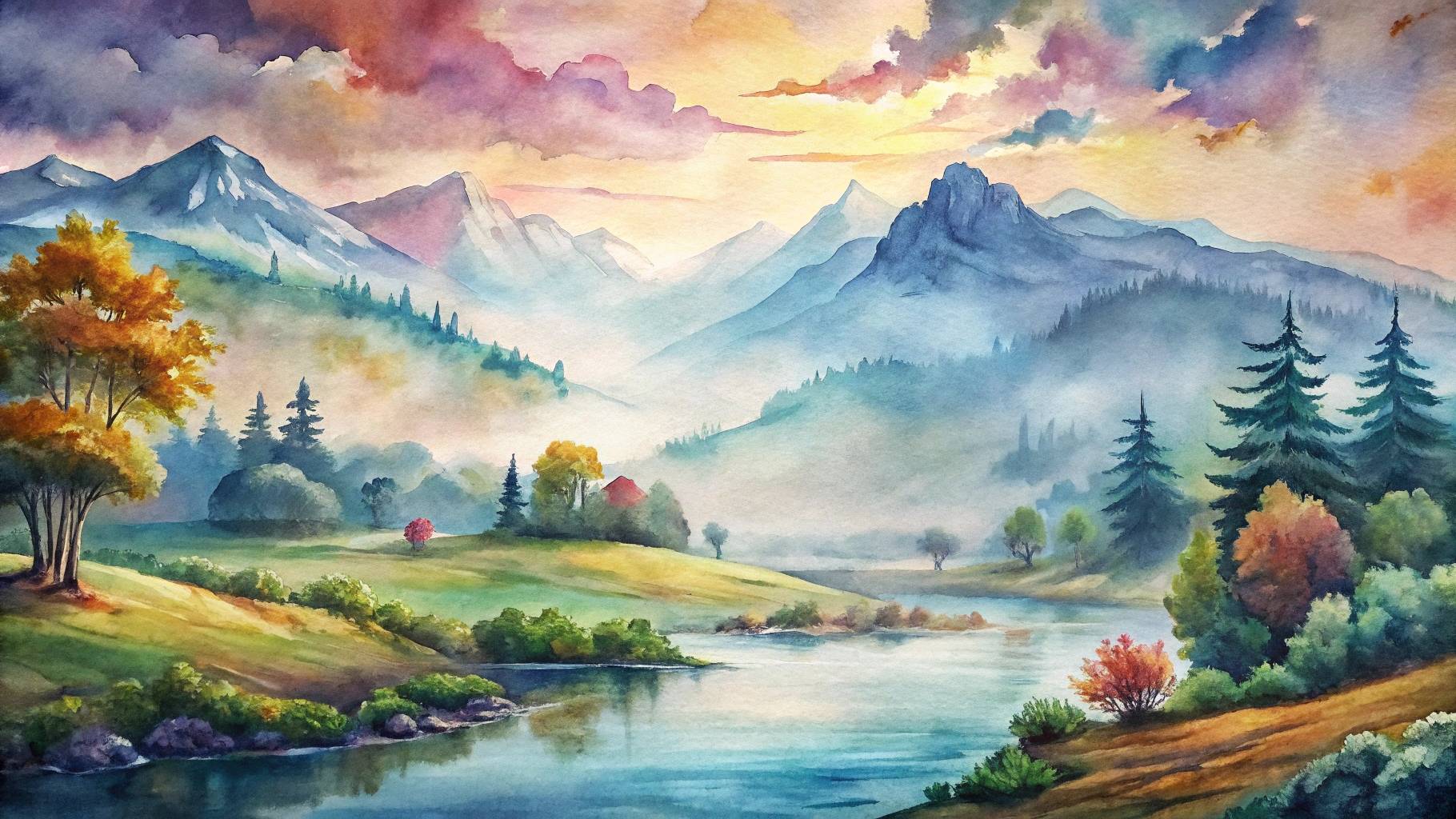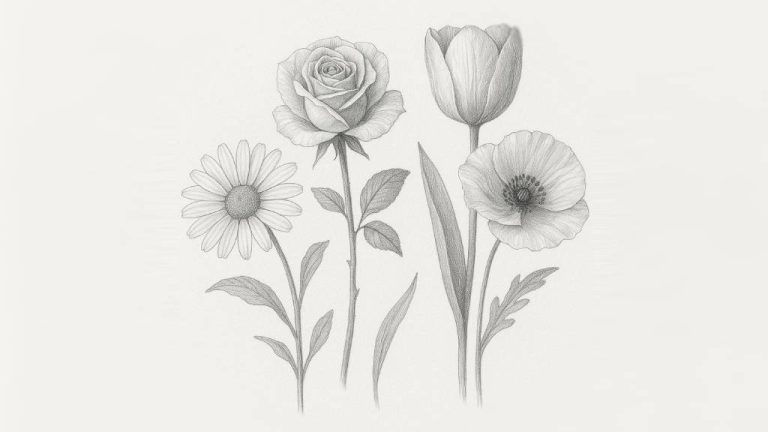Watercolor landscapes offer an enchanting way to capture the essence of nature painting, transforming scenic views into art filled with light, color, and emotion. The delicate interplay of pigments and water allows artists to create soft transitions and captivating atmospheres that truly embody the spirit of mountain watercolor paintings and other natural scenes.
Essential Techniques for Painting Scenic Landscapes
Mastering watercolor landscapes begins with understanding how to manipulate water and pigment effectively. The transparency of watercolors allows for luminous layers that convey depth and mood. Key techniques include wet-on-wet for soft background washes and wet-on-dry to add defined elements. Balancing these approaches enables the creation of dreamy horizon gradients and intricate details in foliage or mountain ridges.
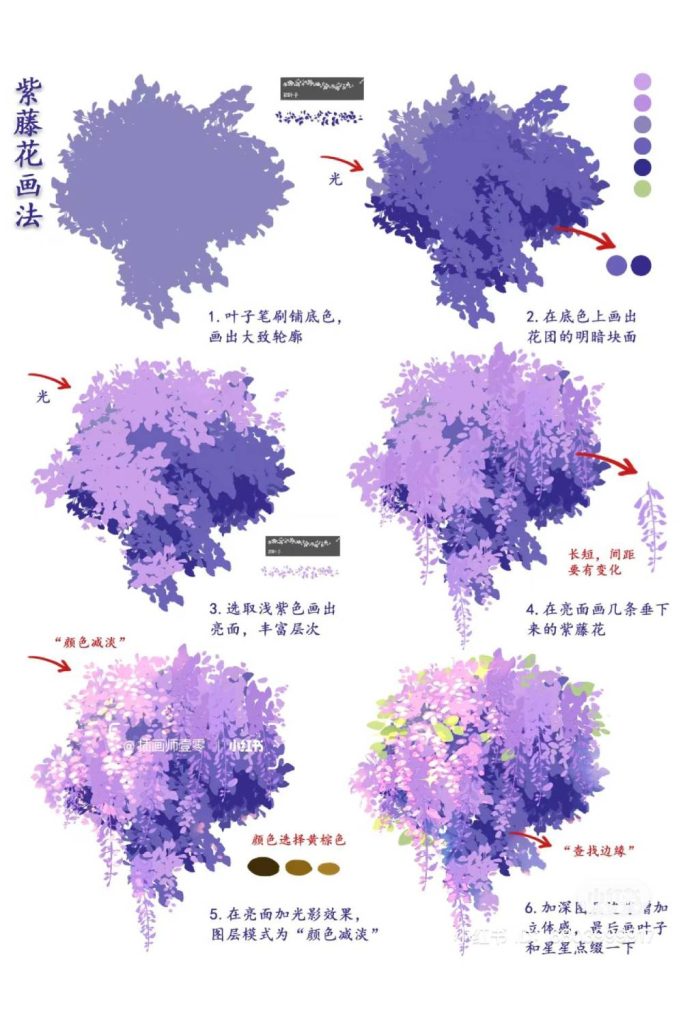
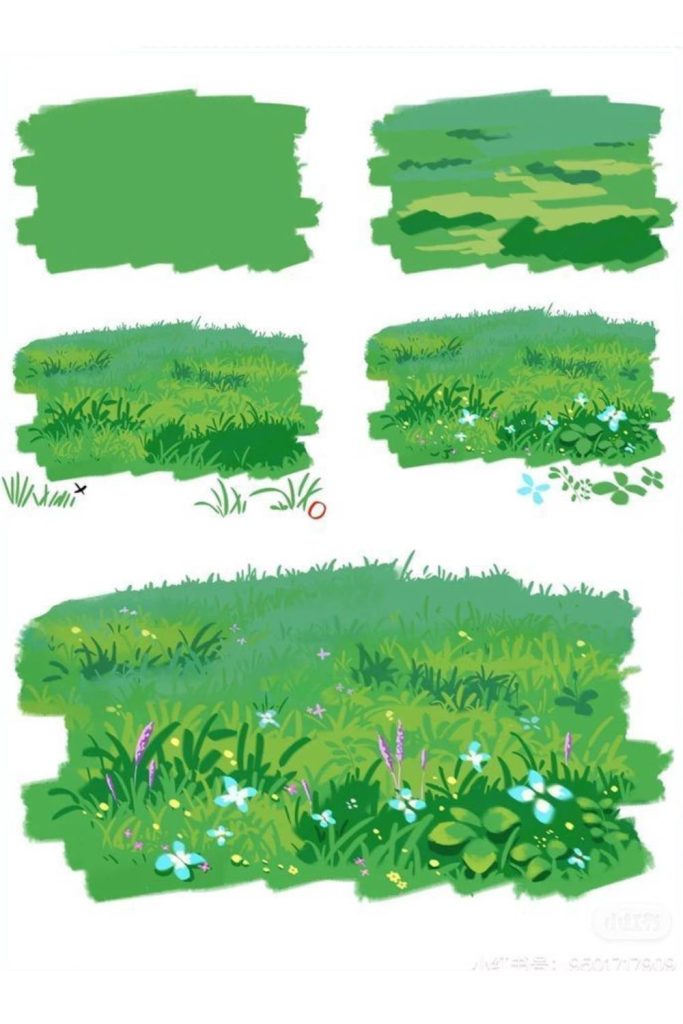
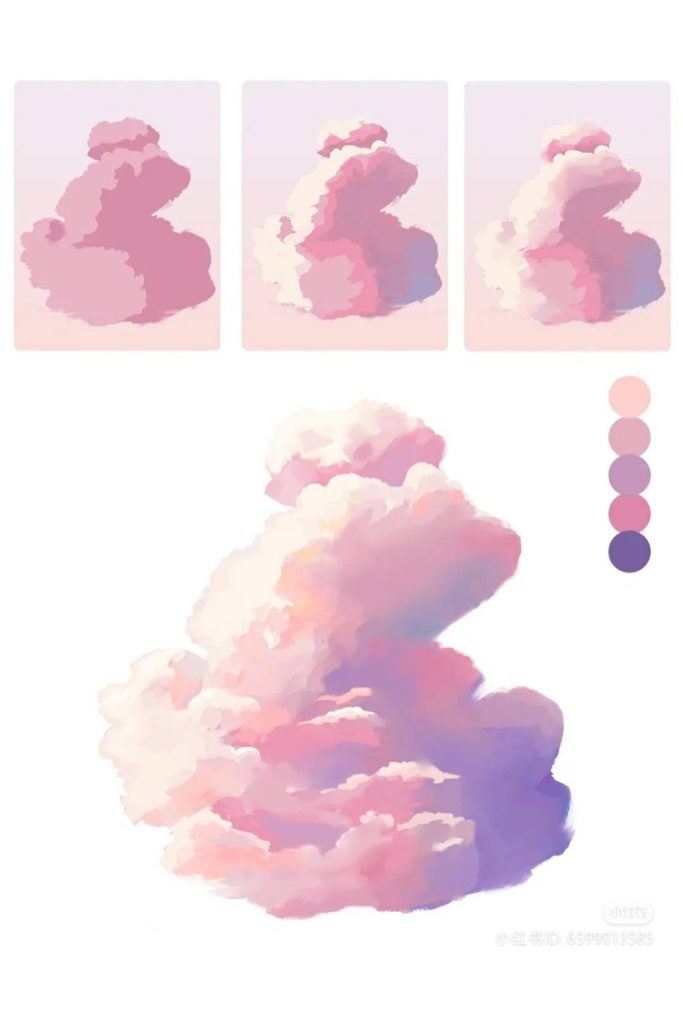
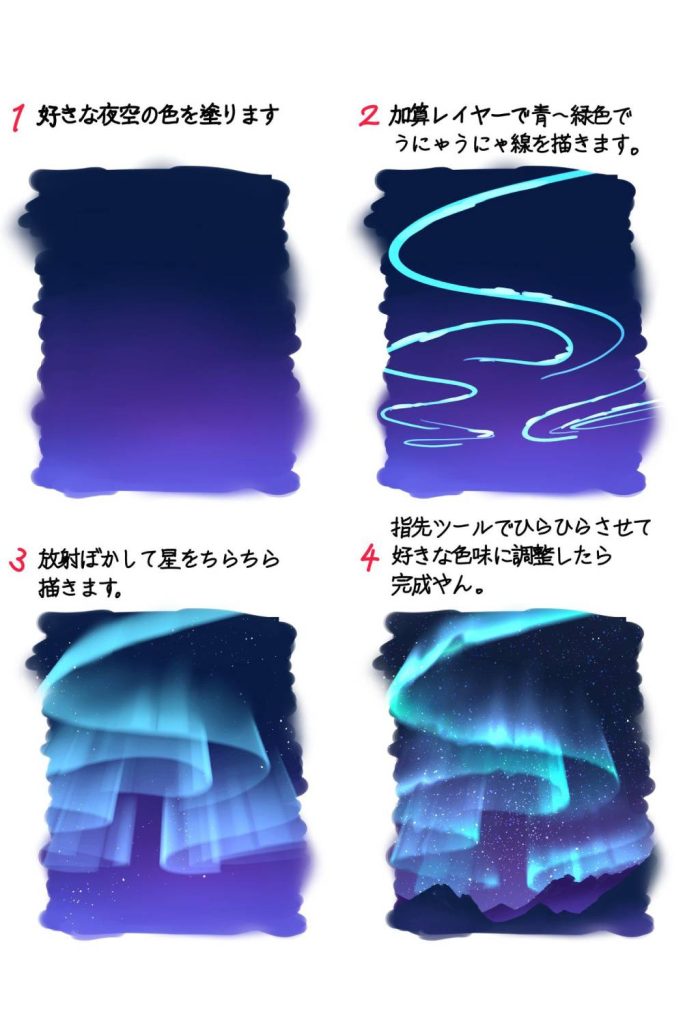
Capturing Light and Atmosphere
Light plays a fundamental role in landscape painting. Using subtle tonal variations and controlled pigment flow, soft glows of sunrise or fading twilight can be depicted with remarkable grace. Layering diluted washes in mountain watercolor studies helps simulate mist or haze, enhancing the sense of distance and tranquility inherent in nature painting.
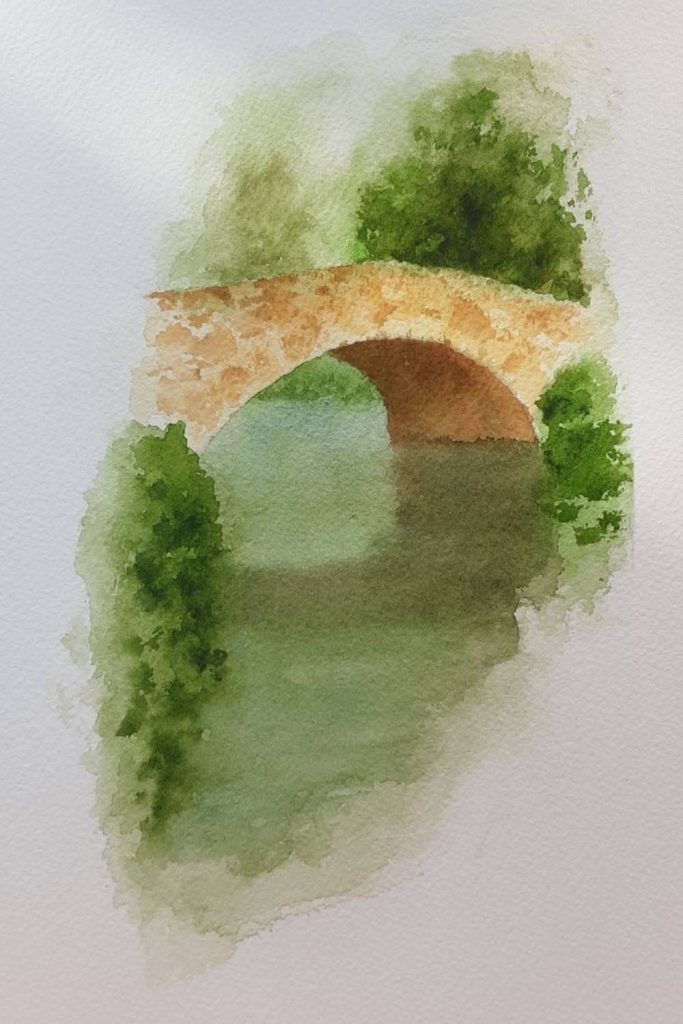
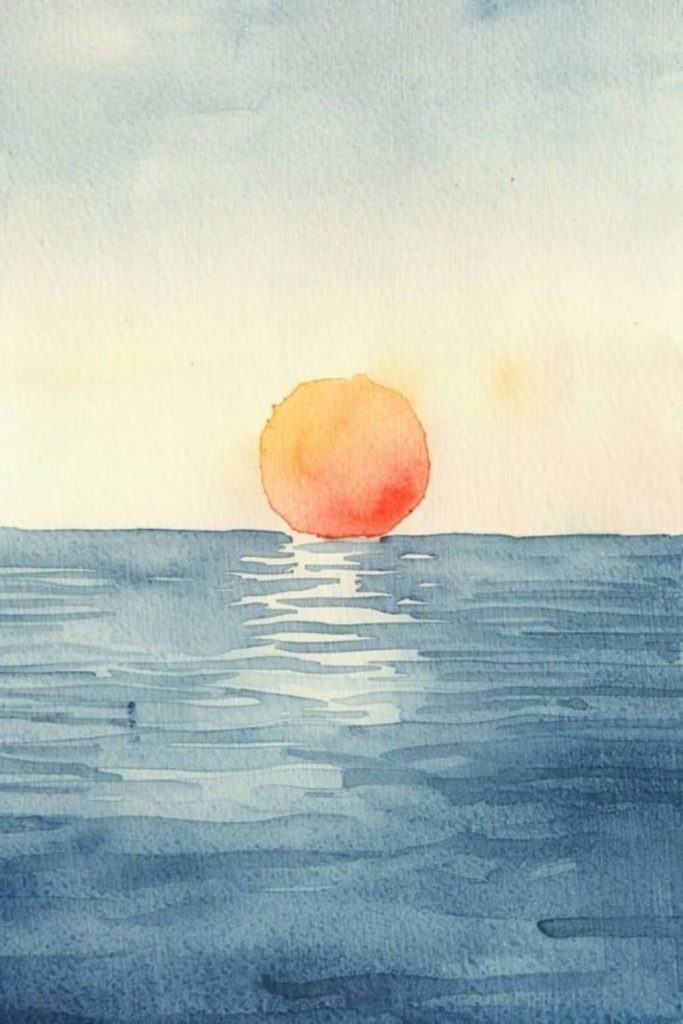

Expressive Brushwork and Texture
Varied brush strokes add vitality to scenic landscapes. Loose, flowing strokes can evoke gentle breezes across meadows, while dry brush techniques create textured foliage or rugged rock surfaces. Experimenting with salt or spattering introduces organic textures that mimic natural irregularities, enriching the composition’s visual interest.

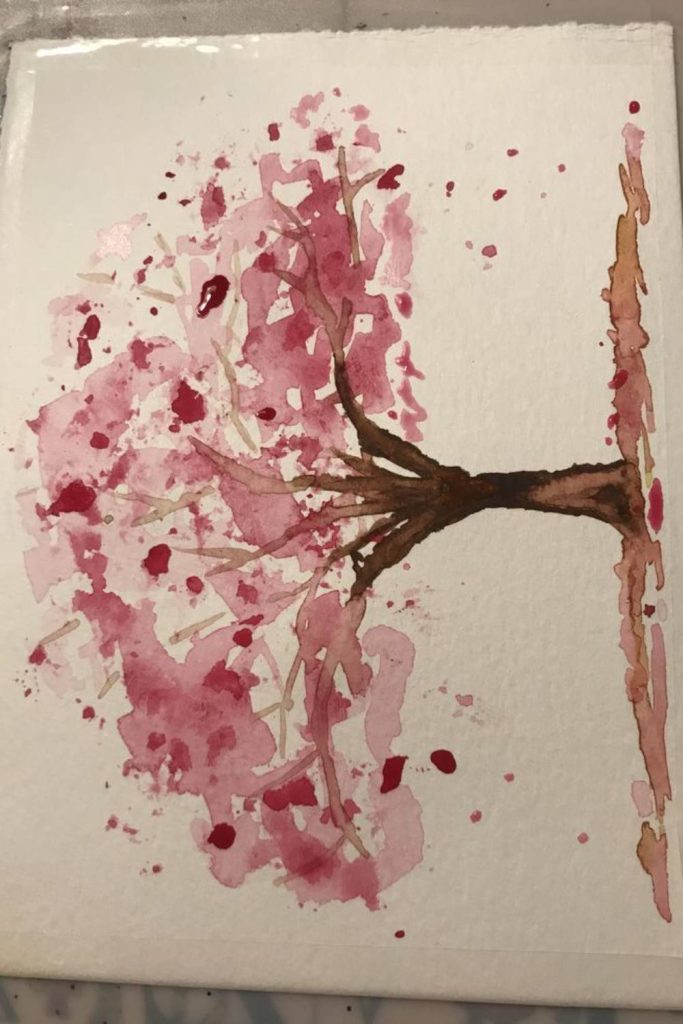
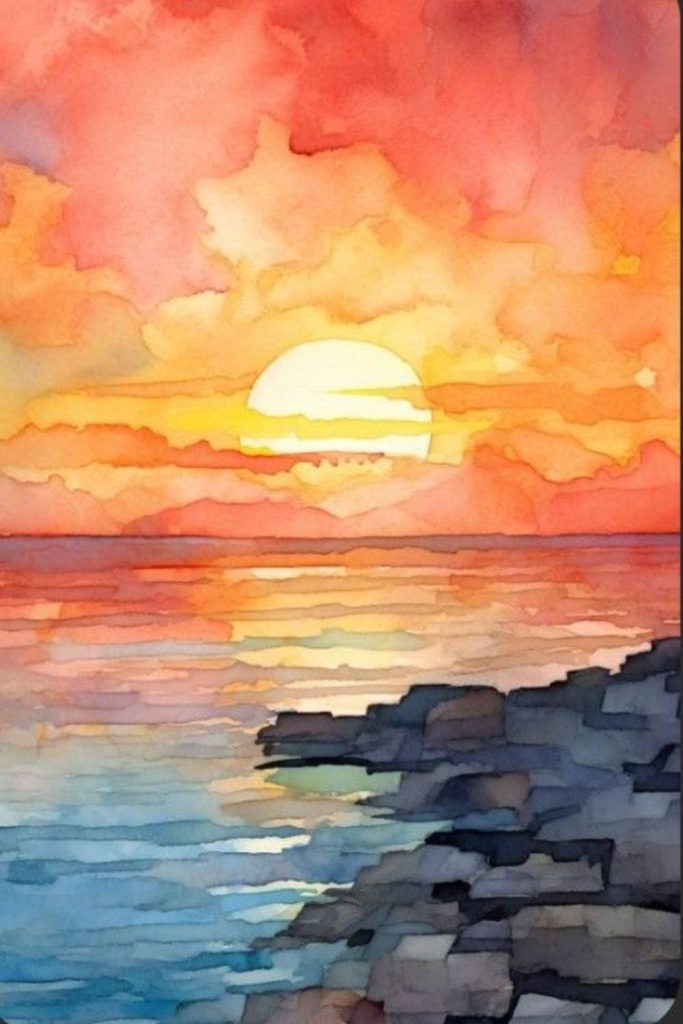
Choosing the Right Palettes for Dreamy Scenes
Color selection greatly influences the mood of a landscape. Soft pastels with cool blues, muted greens, and warm earthy tones foster a serene ambiance. For mountain watercolor paintings, cool hues combined with touches of golden sunlight accentuate elevation and crisp air sensation. Harmonizing color choices grounds the artwork in realism while maintaining an ethereal quality.
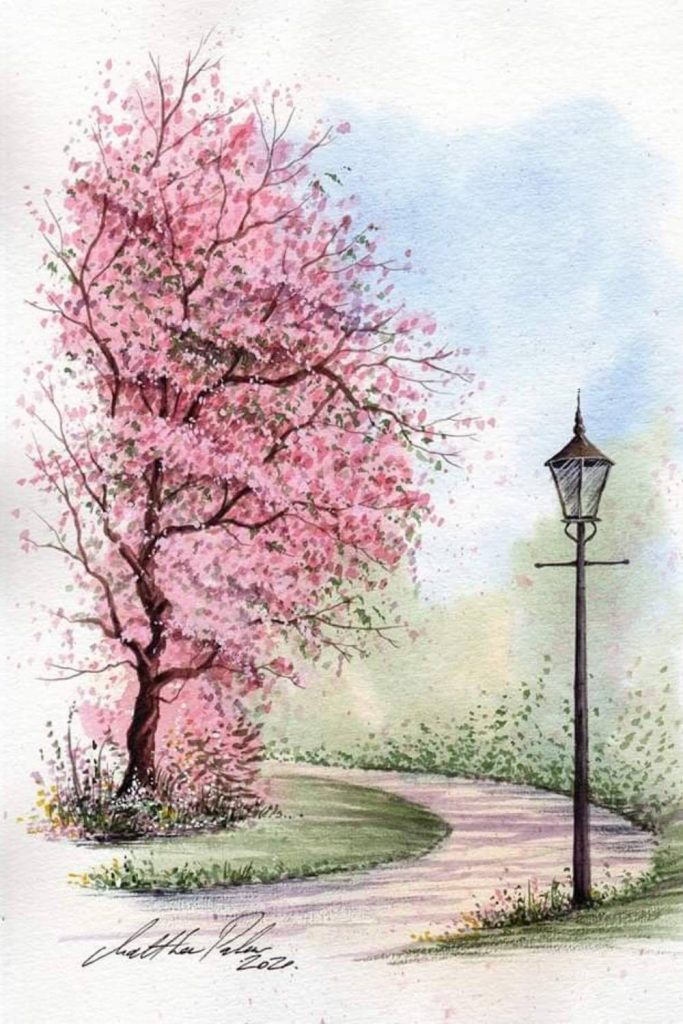
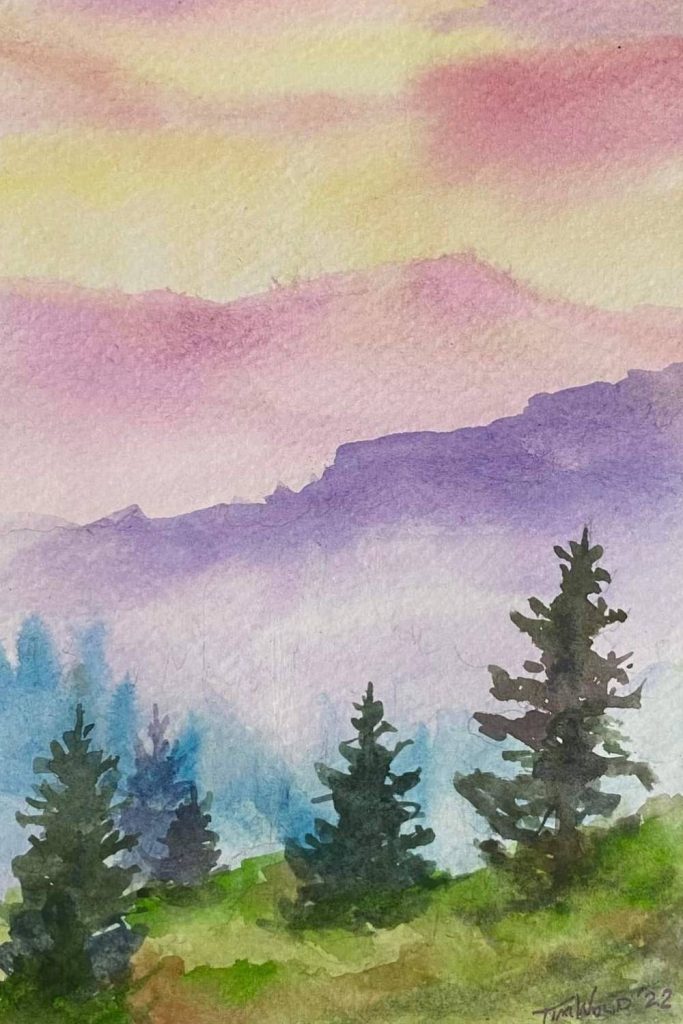
Mixing Colors for Natural Harmony
Achieving natural color balances enhances the authenticity of scenic landscapes. Mixing complementary tones ensures vibrancy without overwhelming the softness that watercolor demands. Gradual blending and glazing enrich color complexity, making every leaf, cloud, or mountain slope radiate with gentle life.
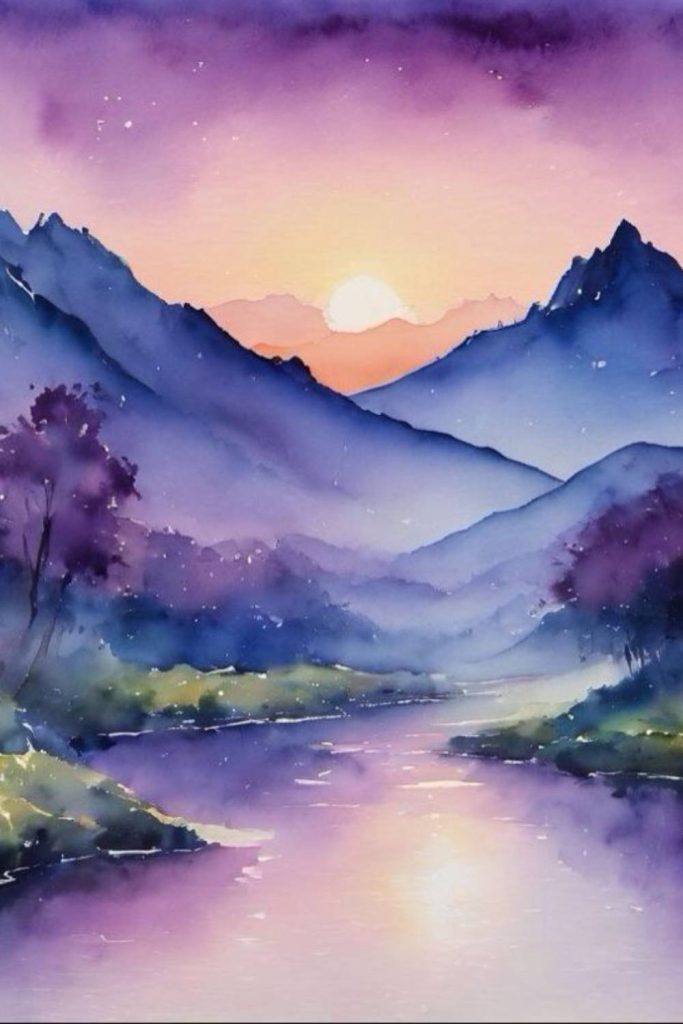
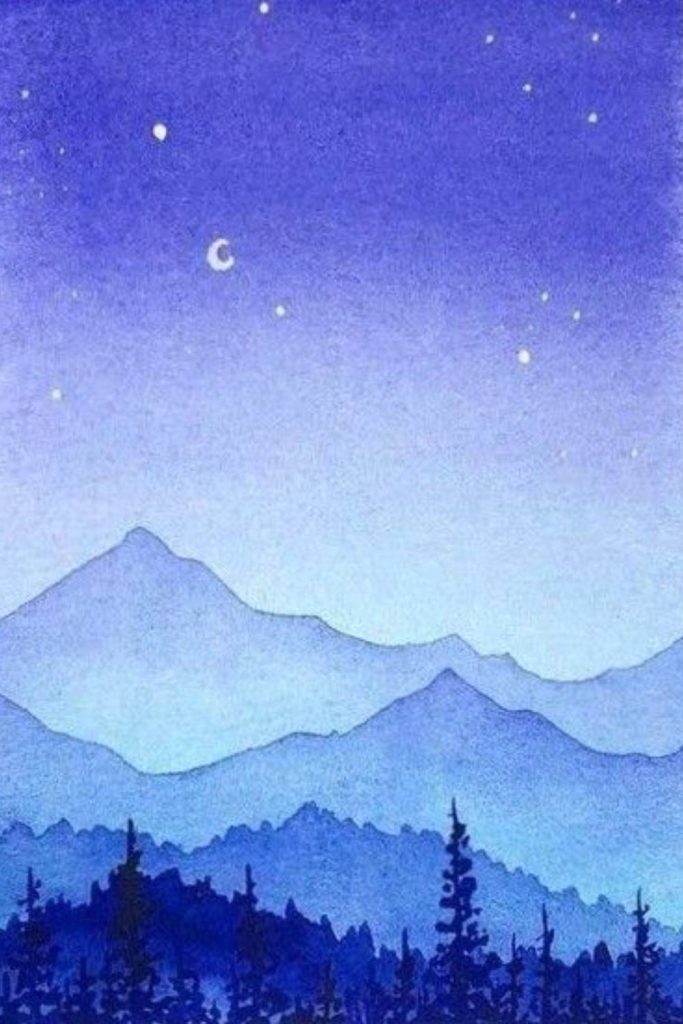
Inspiration Sources for Landscape Watercolors
Outdoor experiences provide invaluable reference material for nature painting. Direct observation of light shifts, weather conditions, and textures encourages intuitive brushwork and genuine emotional responses. Photographs of mountain vistas or tranquil riversides can also serve as helpful guides, allowing exploration of compositions and color schemes before committing to paper.
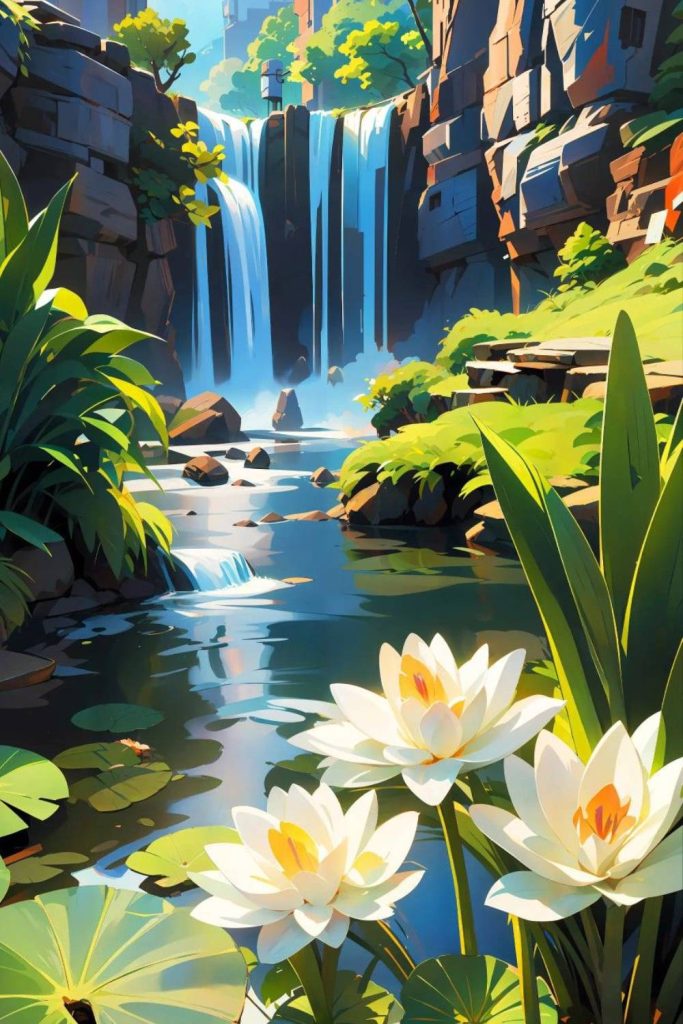
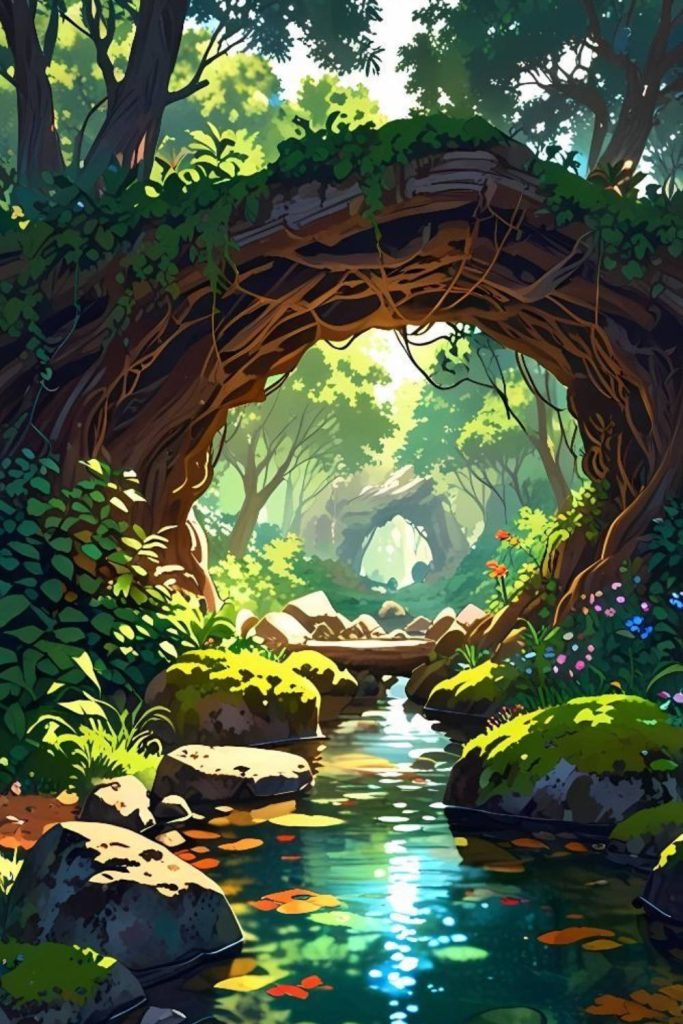
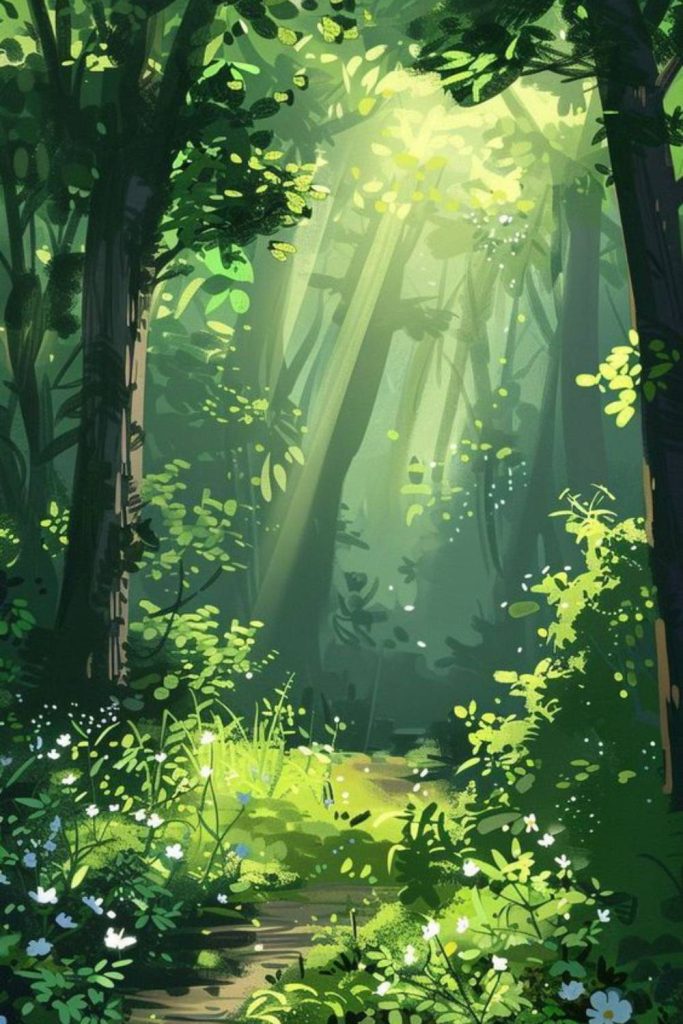
Integrating Imagination with Realism
Combining real scenes with imaginative elements invites personal expression in landscape watercolors. Slight exaggerations in color or form can emphasize mood and narrative, turning a simple mountain scene into a poetic vision. This approach offers freedom while retaining a connection to the scenic landscapes that inspire.
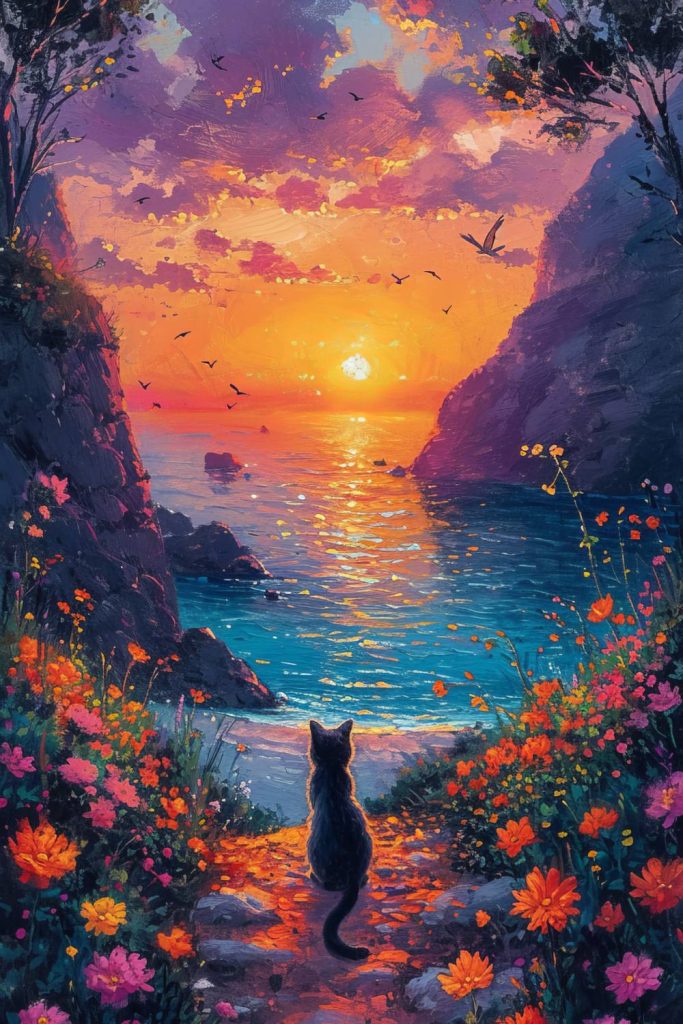
Finishing Touches and Presentation Tips
Final highlights and contrasts bring watercolor landscapes to life. Adding crisp details with a fine brush or white gouache introduces sparkle and clarity, often seen in sunlit leaves or reflective water. Proper framing and matting not only protect the artwork but also enhance its dreamy qualities, inviting viewers to linger in these tranquil nature paintings.
Creating watercolor landscapes merges technical skill with emotional sensitivity. Through graceful techniques and thoughtful color choices, mountain watercolor and scenic landscape paintings become evocative windows into the beauty of the natural world.

